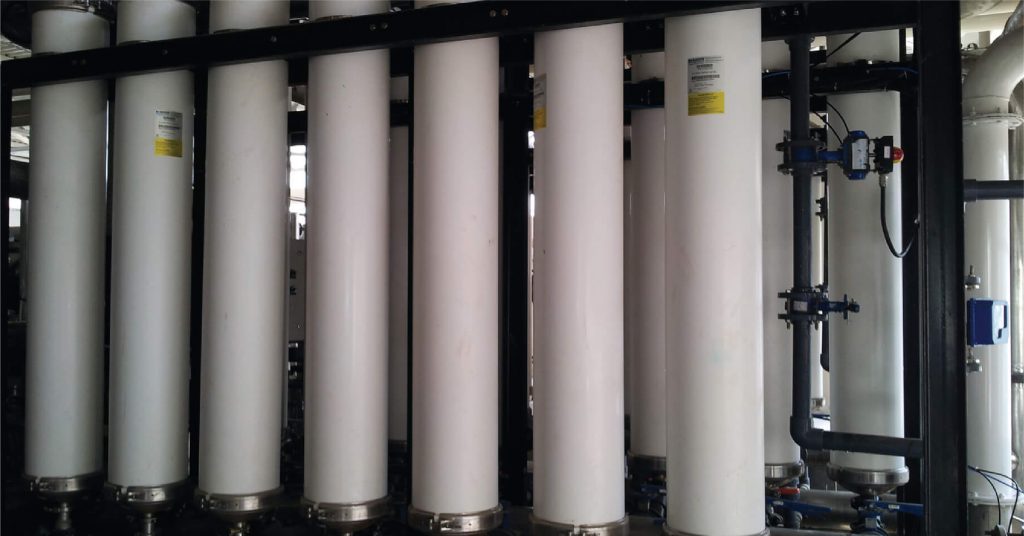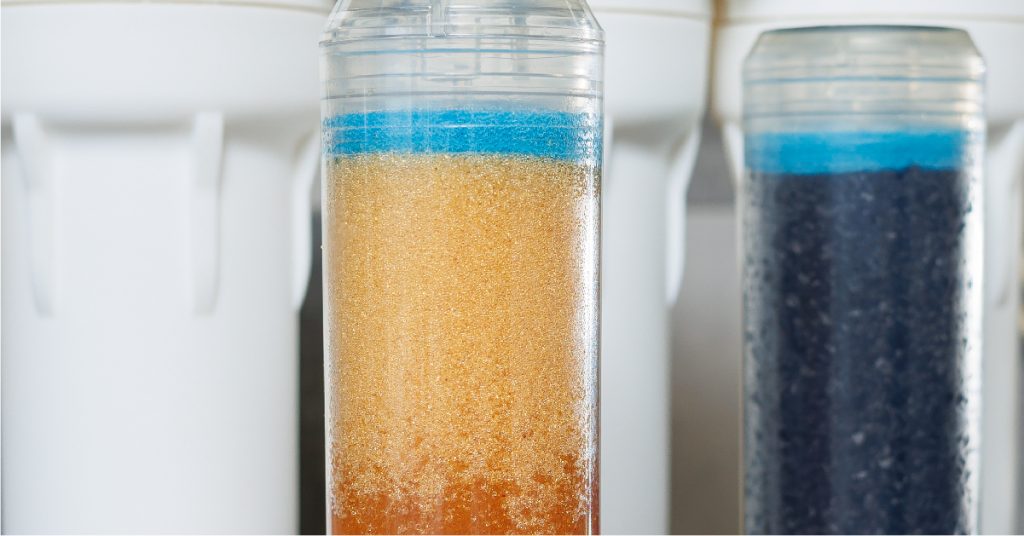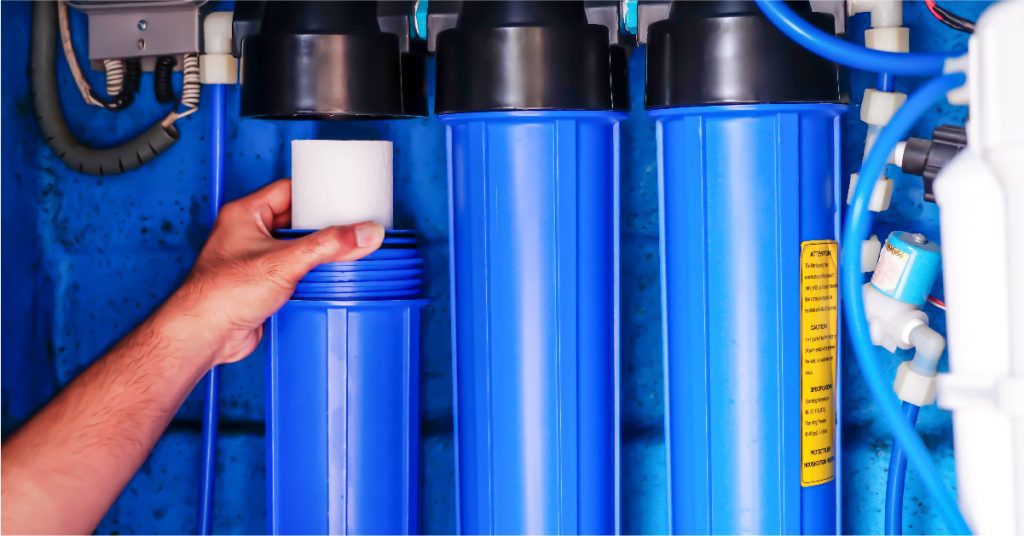Water purification is a growing concern in the USA due to increasing population, industrialization, and the impact of climate change on water resources. Ensuring access to clean and safe water for residential, industrial, and municipal uses requires advanced technologies and one of the most effective solutions is ultrafiltration. Ultrafiltration has emerged as a critical step in water treatment, providing efficient and reliable purification methods that address the nation’s pressing water challenges.
In this blog, we will explain what is ultrafiltration, how an ultrafiltration membrane works, its applications in the USA, and its importance in achieving water sustainability.
What is Ultrafiltration?
Ultrafiltration is a water treatment process that uses semi-permeable membranes to remove suspended solids, bacteria, viruses, and other contaminants from water. It operates on the principle of size exclusion, where water is forced through a membrane with pores typically ranging between 0.01 and 0.1 microns. These small pores allow water and certain dissolved molecules to pass through while trapping larger particles and harmful microorganisms.
Unlike conventional water treatment methods, ultrafiltration does not require the use of chemicals, making it an environmentally friendly and energy-efficient option. This process is widely used for drinking water purification, wastewater treatment, and industrial applications where high-quality water is essential.
The Role of the Ultrafiltration Membrane
At the core of ultrafiltration technology lies the ultrafiltration membrane. These membranes are typically made of polymeric materials such as polyethersulfone or polysulfone, offering durability and high performance. The membrane structure comprises multiple layers that work together to filter out contaminants.
The outermost layer captures larger particles, while the inner layers provide finer filtration to remove bacteria, viruses, and even some dissolved organic materials. The ultrafiltration membrane ensures that the treated water meets stringent quality standards while maintaining operational efficiency and cost-effectiveness.
Applications of Ultrafiltration in the USA
Ultrafiltration has become a cornerstone of water purification in the USA, serving various sectors and addressing diverse water treatment needs. Below are some of the most prominent applications:
Drinking Water Purification
One of the primary uses of ultrafiltration is in drinking water treatment. Municipalities and residential water systems rely on ultrafiltration to remove contaminants, ensuring safe and clean water that complies with Environmental Protection Agency (EPA) standards.
Industrial Water Treatment
Industries such as pharmaceuticals, electronics, and manufacturing require high-purity water for their operations. Ultrafiltration is used to remove impurities, protect equipment, and enhance the quality of products.
Wastewater Treatment and Recycling
In wastewater treatment plants, ultrafiltration is an essential step for recycling water. It helps remove contaminants from treated wastewater, making it suitable for irrigation, industrial use, and other non-potable applications. This contributes to water conservation and reduces the environmental impact of wastewater discharge.
Pretreatment for Desalination
Ultrafiltration is often used as a pretreatment step in desalination plants to remove suspended solids and microorganisms. This protects reverse osmosis membranes and enhances the overall efficiency of the desalination process.
Food and Beverage Industry
In the food and beverage sector, ultrafiltration ensures water meets stringent hygiene standards. It is commonly used in processes such as milk protein separation, beverage clarification, and the treatment of process water.
Benefits of Ultrafiltration
Ultrafiltration offers several benefits that make it a preferred choice for water purification in the USA:
- High Efficiency: Ultrafiltration membranes can remove up to 99.9% of bacteria, viruses, and suspended solids, ensuring superior water quality.
- Chemical-Free Operation: The process does not require the use of chemicals, making it safer for the environment and reducing operational costs.
- Sustainability: Ultrafiltration supports water recycling and reuse, helping to conserve valuable freshwater resources.
- Versatility: It is suitable for a wide range of applications, from residential drinking water systems to large-scale industrial processes.
- Space-Efficient Design: Ultrafiltration systems are compact and can be easily integrated into existing water treatment setups.
Efficient Ultrafiltration Systems by Ion Exchange: A Sustainable Solution
Ion Exchange is a leading provider of water treatment solutions in the USA, offering a range of ultrafiltration systems designed to meet the diverse needs of its clients. Our expertise in water treatment ensures that each ultrafiltration system is tailored to the specific requirements of the application, whether it’s for residential, commercial, or industrial use.
HYDRAMEM – Ultrafiltration Membrane
It is a tangential flow, a pressure-driven process that effectively filters particles based on their molecular size. With pore diameters ranging from 10 to 200 Å (0.001 to 0.02 microns), ultrafiltration membranes allow solvents and smaller species to pass through, resulting in a purified ultrafiltrate known as permeate, while larger particles are retained and concentrated. These membranes are reusable and can be cleaned with standard chemicals, making them highly efficient for continuous use. Ultrafiltration in process water treatment ensures the removal of nearly all particulate matter, suspended solids, bacteria, viruses, pyrogens, and colloidal materials, including non-reactive silica, iron, aluminum, and high molecular weight organics, making it essential for pharmaceutical and industrial applications.
Conclusion
Ultrafiltration has become an indispensable step in water purification in the USA, addressing challenges related to water quality, sustainability, and resource management. Whether used for drinking water, industrial applications, or wastewater recycling, ultrafiltration offers a robust, chemical-free, and efficient solution.
Understanding what ultrafiltration is and the role of the ultrafiltration membrane is key to appreciating its impact on water treatment processes. By leveraging this technology, the USA can meet its growing water demands while protecting the environment.





